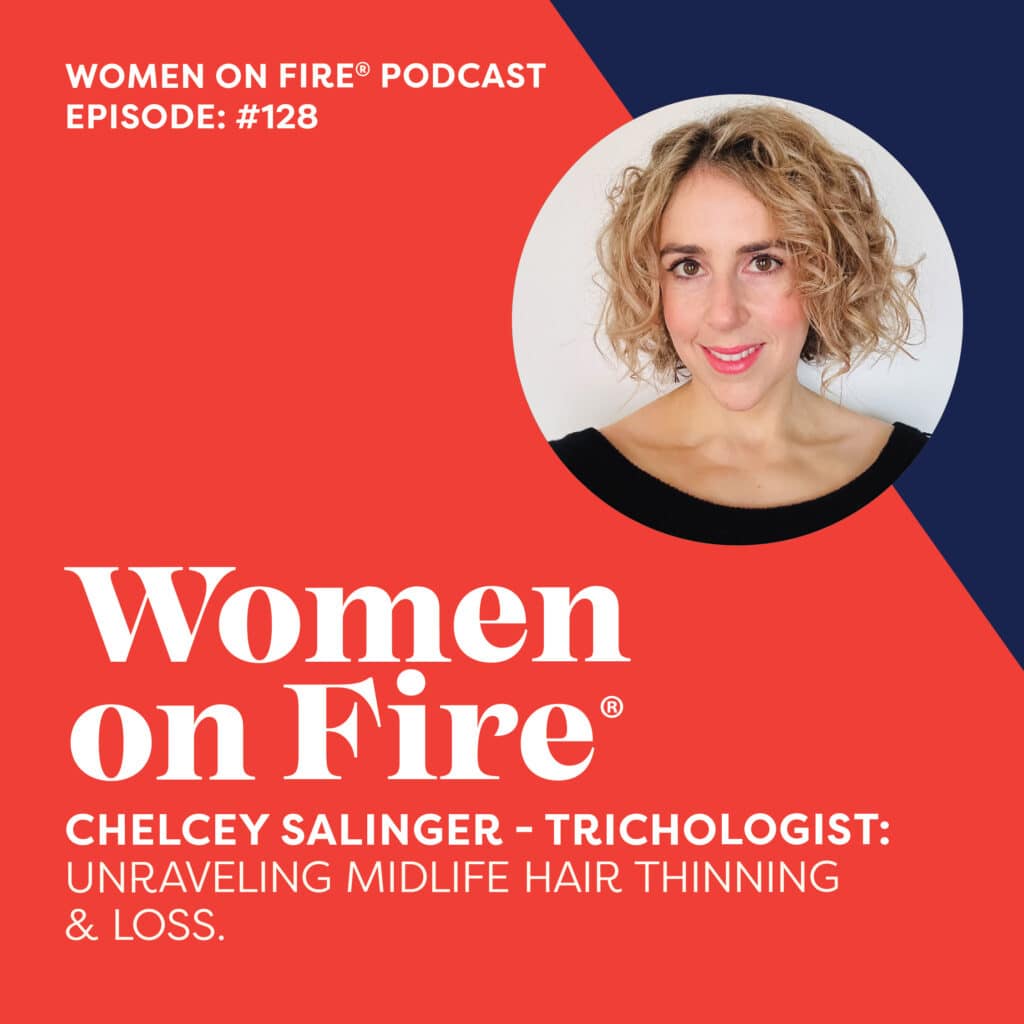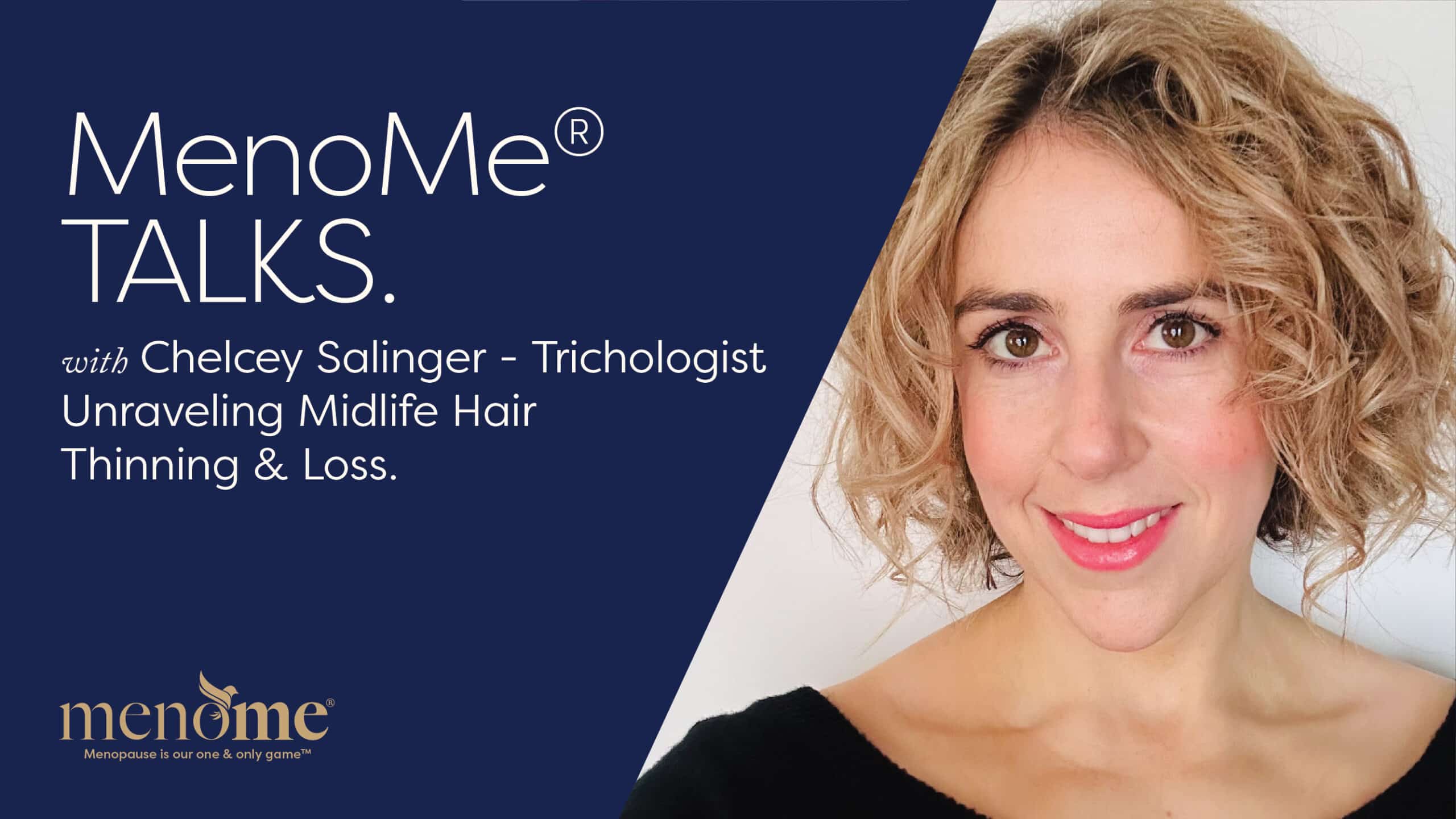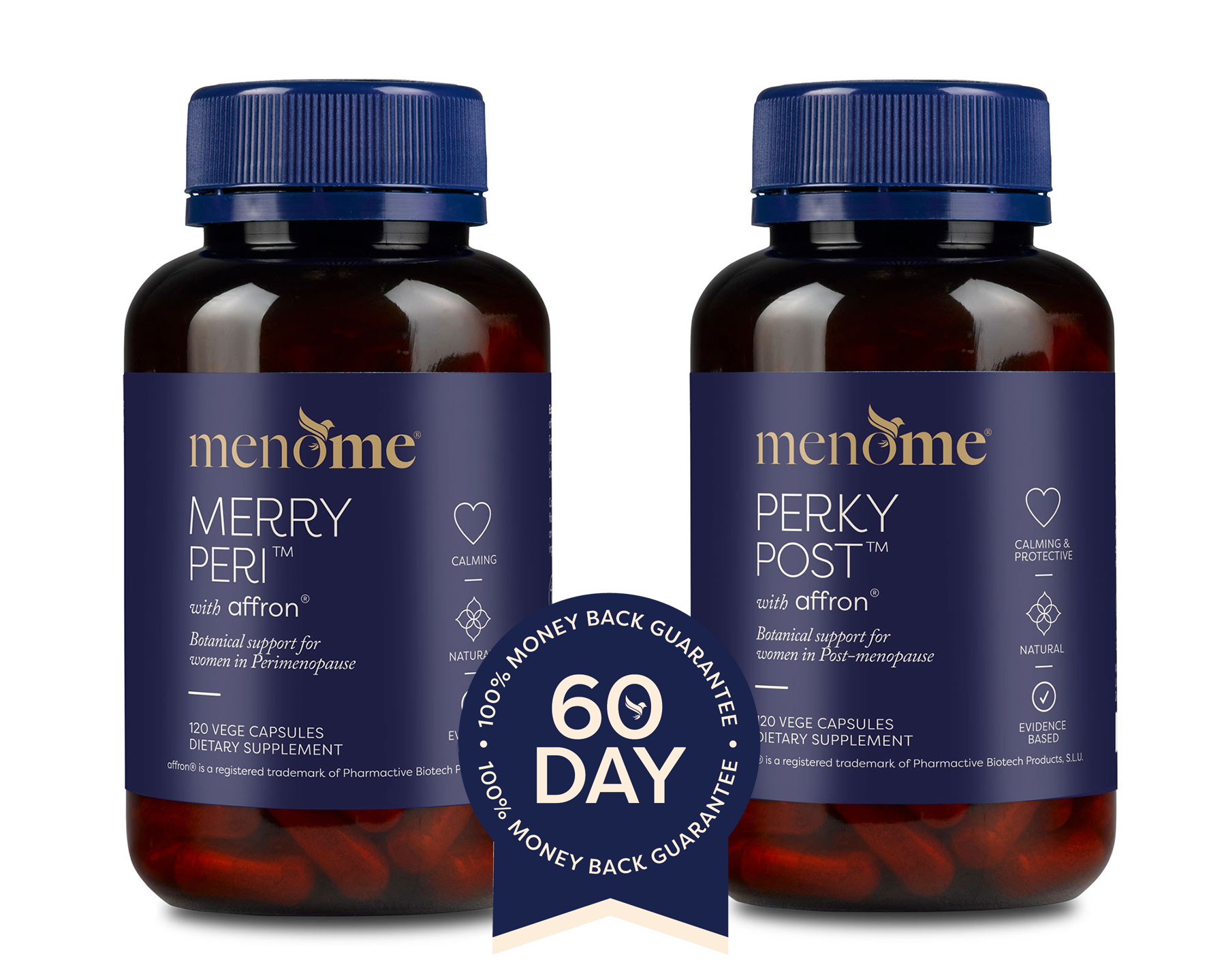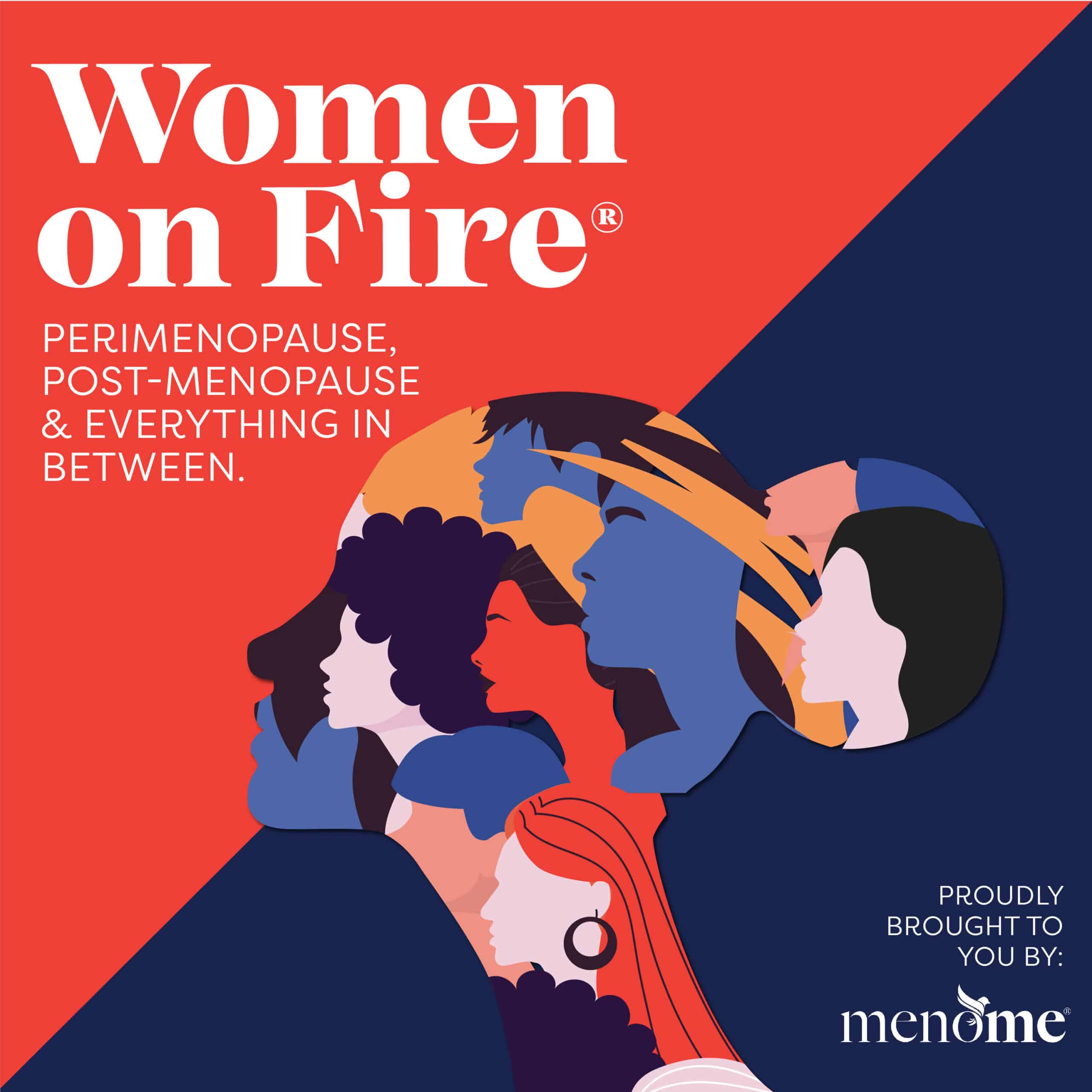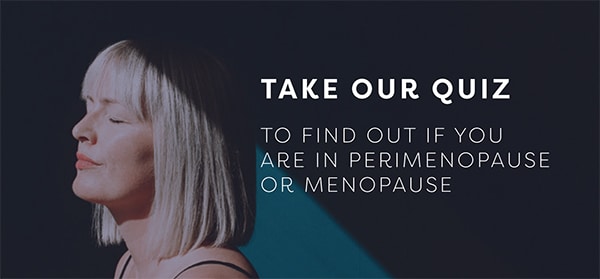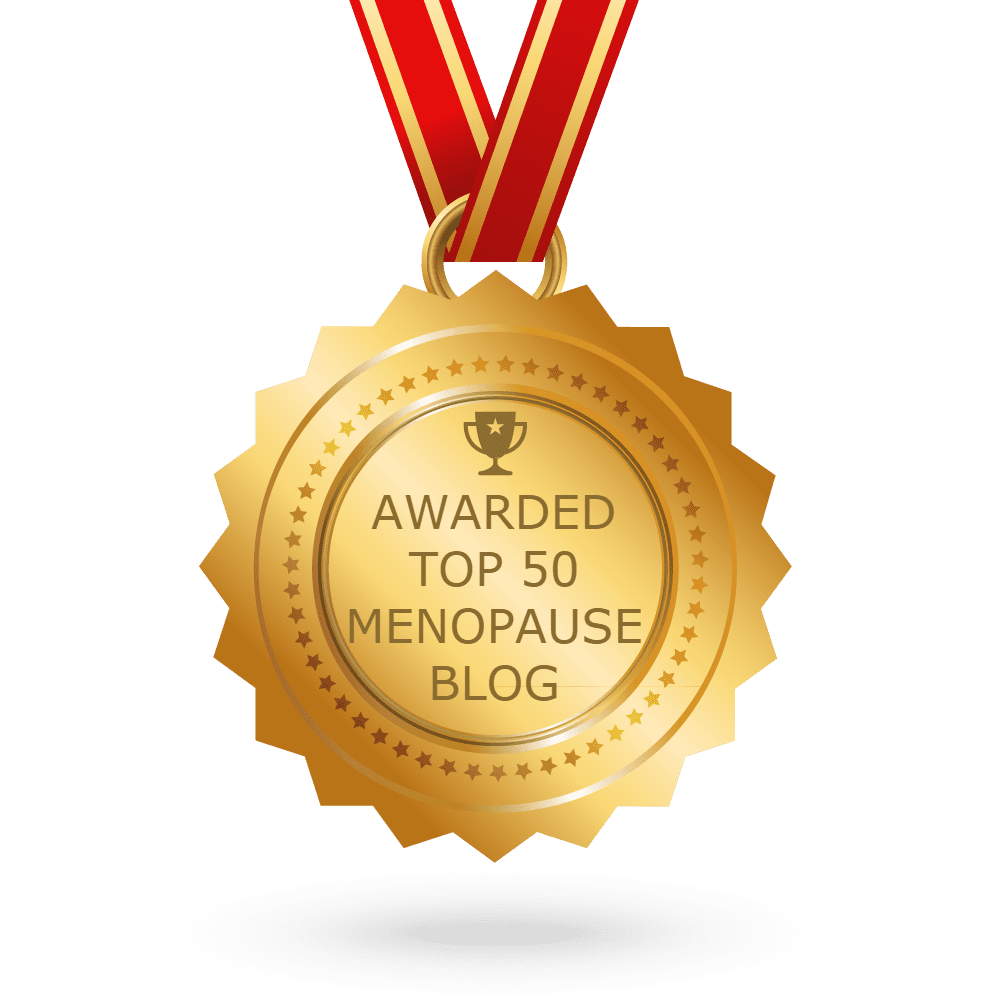Podcast Episode
The lovely Chelcey Salinger IAT is a certified trichologist and hair loss specialist at the Australian Trichology Centre in Sydney and Adelaide. As well as that she’s the executive director for the International Association of Trichologists – phew!
Chelcey specialises in hair loss, baldness, alopecia areata, hair breakage, hair damage, psoriasis and other scalp problems.
Chelcey’s involved in trichologist education, tutoring students around the world and supervising the clinical training of students in Australia and New Zealand. She also holds a bachelor’s degree in Human Movement and Health and a Master’s Degree in Occupational Therapy.
With her long list of credentials, Chelcey is an in-demand speaker globally so we’re delighted she joined us for this episode and so generously shared her expertise.
In this episode, we talk about
- 00:00 Introduction
- 01:04 About Chelcey
- 04:17 What is a trichologist?
- 05:10 What causes hormonal thinning/hair loss?
- 06:40 Lifestyle matters
- 10:20 Autoimmune conditions and the female epidemic of Female Fibrosing Alopecia
- 12:10 The importance of vitamin D
- 16:14 Key nutrients for healthy hair
- 17:18 The hair growth cycle
- 18:14 How the hair changes with peri:menopause, age and/or nutrient deficiencies
- 21:19 Caring for your hair
- 24:12 Working from the inside out
- 25:10 Adverse effects of some hormonal therapies and beneficial treatments
- 27:52. Why do we go grey?
Episode Resources:
- Follow Chelcey on Instagram here
- Australian Trichology Centre here
- International Association of Trichologists here
Video Version
Transcript
Jenna
Hi Chelsea, thanks for joining us at Woman on Fire today. We’re so delighted to have you here and to learn from you.
Chelcey Salinger
Aww, thanks Jenna.
Jenna
Can you first and foremost explain to me and to everyone in our community exactly what a trichologist is?
Chelcey Salinger
Yes, a trichologist or trichology is really, it’s a paramedical field. So we’re not necessarily medical doctors, but we certainly have learned about all the evidence and know how to read research and literature regarding hair loss and scalp problems. So trichology is the study of all things, hair loss and scalp.
And then as a trichologist, how we practise is seeing people with any type of hair loss and scalp problem, diagnosing what their problem is, and then discussing all of the evidence-based treatment options available for their specific problem.
Jenna
And so therefore in our community, women and perimenopause, menopause and postmenopause, and hormonally, they can have hormonally driven thinning hair, hair shedding, hair loss, which I’m sure you know. Why is that?
Chelcey Salinger
Yeah, it relates to someone having a sensitivity they’ve inherited, a sensitivity to the strong testosterone in the skin called dihydrotestosterone. So for someone to experience this type of hormonal hair thinning, particularly on top, first of all, you need the genetics. It’s not going to happen unless you have those particular genetics. But there are other things that then can also make it occur in the presence of that sensitivity. So there needs to be inflammation, oxidative stress, and then we’ve got what’s called epigenetics, which is really the switching on and off of genes. And so just because you might have the genetics for genetic thinning doesn’t mean that you actually show that trait.
And, that’s demonstrated in studies with identical twins. So they’ve got the same genetics, same DNA, and one will have genetic thinning and one doesn’t. How can that occur? It’s the epigenetics. So generally in these studies, the twin who did not have hair loss was doing everything that you and I already kind of know as or think of as being healthy. So their stress was low, they were sleeping well, their diet was really good, lots of antioxidants in their diet, adequate protein, lower in fat, they were exercising and, not smoking, drinking, drugs, all of that sort of thing as well. So everything we already know of as good, healthy behaviours actually can alter if these genes are switched on or off.
I think it is why maybe I actually in the clinic now see a lot more patients with this female pattern hair loss. I think that, you know, the way our lives are now compared to maybe when my dad is a trichologist too, maybe when he was first practising, you know, 50 years ago, our lifestyles have changed a lot. People are hyper-stressed, all of these things. And I think that I probably see far more women with female pattern hair loss than he used to, and also younger as well. And so we can see this same type of hair loss or problem. For example, in any age group, normally hormone levels are normal, but particularly another group that you can see a similar pattern of hair loss is in women who have polycystic ovarian syndrome. And it’s because their testosterone is high. And in a really simplistic sense, with this type of hair loss, think of estrogen as good for the hair and testosterone as bad.
So the reason why in women going through or moving towards menopause, why we tend to see this hair loss quite a bit in this age group is that our estrogen is naturally coming down, which means that the testosterone then has a greater influence on the hair. So someone maybe has never had any thinning at all all their life, but then they get to this stage of life where they’re having some hormonal changes and all of a sudden we become aware, you are actually sensitive to that strong testosterone in the skin, dihydrotestosterone. And now we can see, yes, on the top here, we do have hairs becoming finer, or it’s called miniaturization. They become finer and finer over time.
Jenna
That’s interesting because I thought testosterone promoted hair growth, well it promotes whiskers and things, doesn’t it? Those terminologies.
Chelcey Salinger
Yeah, yeah, maybe where we don’t necessarily want to, exactly.
Jenna
And so it’s the testosterone that contributes to that miniaturization of the follicles, is it?
Chelcey Salinger
That’s right. You’ve got it. Yep.
You’ve got to be sensitive to it. So without that, you know, inherited sensitivity, it doesn’t matter. But if you happen to have that sensitivity, then it does and we’ll get the miniaturization.
Jenna
I think it’s something like 50 % of women will experience some form of hair loss by the time they’re 50. Would you agree with that?
Chelcey Salinger
Yes, absolutely.
Jenna
50 % of women do experience this, but the other 50 % don’t. So that’s why, because they’re not genetically disposed to it.
Chelcey Salinger
Yes.
Exactly. But yeah, as you said, it’s a it’s a quite a high percentage. It’s a huge number. And I think it’s probably why in my clinic, mainly I see women. And, and by far here, 95 % of my patients would be women. And I think that it’s because you know, it’s less socially acceptable to have hair loss as a woman, but also women are more predisposed to experiencing autoimmune problems and there are quite a few types of hair loss that are autoimmune as well. There’s a different type which also relates to menopause that’s worth speaking about because early recognition of it’s really important if you’re happy for me to briefly touch on that as well. It’s a type of autoimmune hair loss and it’s a type of scarring hair loss which means that once we have destruction of the hair follicles in this problem it’s irreversible and it’s called frontal fibrosing alopecia.
So frontal, the front of our faces, often the first sign, not always, is loss of some eyebrows. And then we get a scarring loss anywhere on this front hairline. So I think if you do notice some change in the eyebrows and you think even that, is my hairline beginning to recede and move back, definitely seek help and get a diagnosis as soon as you can, see a trichologist, because ultimately we want to halt this as quickly as possible because of its irreversible nature.
But the reason why this is a problem, you know, rarely seen in men, mainly in women and post-menopause, and the connection here is that it relates to our, again, our estrogen. So in this problem, frontal fibrosing alopecia, and also its kind of broader category of lichen planopilaris, there’s actually a defect in the vitamin D receptor in the hair follicle.
So, there’s an issue of vitamin D here, but when, as women, when we go through menopause, as you may be aware, obviously our estrogen is coming down, but estrogen activates the vitamin D, well, there’s an enzyme that activates vitamin D. So we can then display with this lower level of estrogen, signs of vitamin D deficiency. It’s the same reason why women are much more likely to experience osteoporosis than men. It’s because as our estrogen comes down, we have less active vitamin D and vitamin D helps calcium absorption, which is important for strong bones. So again, vitamin D is so important here. And so when I’m helping someone with that problem and treating them, I would be getting them to supplement with vitamin D amongst dealing with some other things. But it’s a really important type of hair loss to discuss because it’s actually becoming epidemic. It’s on the increase rapidly all over the the world. Every trichology conference I go to, it’s always discussed. You know, again, talking about my dad, just because he’s been a trichologist for such a long time, but when he was first practising, it would be extremely rare to see someone with frontal fibrosing alopecia. If you were lucky once a year, I will see someone in my clinic every day.
There are a lot of people experiencing this type of hair loss, but early recognition is the key. So keep an eye out as estrogen levels fall I would say to anyone, honestly, it’s a good idea to take some vitamin D, especially when we go through menopause.
Jenna
So do you think, it could be for any number of reasons, couldn’t it, that you’re seeing more of it? Would part of that be our… I mean, I think we are learning to find a happy medium with sun avoidance, but do you think sunscreens contribute to that or…
We are also the first generation that is coming into a time of super-processed food and all the Xenoestrogens and things in our environment as well.
Chelcey Salinger
Definitely. Yeah, I think both that autoimmune problems just in general, not even that specific one on the rise. And as you alluded to, the foods are different, things have definitely changed in that respect.
But then, yes, interestingly, that type of autoimmune hair loss, frontal fibrosing, alopecia that we’re talking about was actually first discovered in Australia. And so, yes, in Australia, we are, and New Zealand too, very aware about being sun smart. And so we’re much more likely to wear sunscreen, which blocks vitamin D as well.
But, risk versus reward. We want to avoid the risk of high risk of skin cancer down here in the southern hemisphere. So, yeah, I think there is a connection there.
They also just recently queried if a particular fragrance called linalool could be connected with this frontal fibrosing alopecia. It definitely is known as being a contact allergen, people with frontal fibrosing alopecia are probably allergic to this fragrance called linalool. But funnily enough, it’s also regularly in our sunscreens. So it’s interesting. I think the main thing is the vitamin D, but there are probably some other environmental contributors as well.
Jenna
So vitamin D is really good for our hair. What other nutrients are very good for our hair?
Chelcey Salinger
There are some key nutrients for the hair that we want to make sure don’t get too low because if they were to be too low we could get a type of hair loss, diffuse hair loss and shedding from all over. I would say that the big ones are yes vitamin D, iron, B12 and zinc are the big four really, really important.
Jenna
I didn’t realise that for our hair.
Chelcey Salinger
Yeah, yep. I often see patients come into the clinic with, the most common one might be iron deficiency or low ferritin iron stores. And when that happens, they will be describing, I’m having hair shedding. I’m seeing it in the shower, every wash, so much more than normal. And it’s simply a case of us identifying that that’s the problem.
Supplementing to get over the threshold for hair loss, which is actually a little bit different to what’s considered adequate just for general health. And then the hair loss stops about three months later. We almost have this lag time with the hair because of the hair growth cycle. So it’s always good for people to keep in mind any treatment takes at least three months before you can see any benefit of it.
Jenna
I found that with stress too, because we can have stress-related hair loss, can’t we? That it doesn’t happen until about three months later. Can you explain the hair growth process cycle?
Chelcey Salinger
Yeah, perfect. So we have anagen, which is the growing phase of the hair cycle. And on average, most people, their anagen is approximately four years or so. So most people’s hair will grow for four years before it would naturally shed. Now, at the end of the anagen, we go into catagen, which is a very short transitional phase, and then into telogen. Now, telogen lasts around three months, and this is why we often have this lag time. So hairs get sent into telogen, this resting phase, and they’re resting for three months and right at the end of the telogen phase is when they will shed.
Jenna
And what is the hair made up of? Because it’s dead, isn’t it? But it’s keratin…?
Chelcey Salinger
Yeah, so hair is dead, but yes, it’s mainly made up of the protein called keratin and it’s a particular amino acid bonds that help to give our hair its strength. But yes, always keep in mind, hair is dead. So when we’re trying to affect the hair, it’s really, you know, the new hair growth coming out at the top where the hair follicle is alive, that’s within the skin, but the actual hair that emerges from the scalp is dead. And it’s just about managing it, keeping it as smooth as possible to prevent tangling and some of those more superficial things to then give it the best look possible.
Jenna
Because it does get drier, doesn’t it, and coarser as we grow older?
Chelcey Salinger
Yeah, it can and particularly, when we start getting some white hairs, they tend to be more coarse feeling too, so you can feel that change as well. And I think that often, we are producing less sebum and oil as we age too, so you can, feel like you have drier scalp and sometimes drier hair also.
Jenna
But most of it goes back to the follicles, doesn’t it? Like the nutrients will nourish the follicles, which will mean the hair comes out more nourished. Would that be correct?
Chelcey Salinger
Yeah, that’s it. Like, I guess the other extreme of that is, if someone has a nutrient deficiency, for example, like the iron, well, they’re here sometimes then is starting to grow with a completely different texture. Often my patients would describe that. And once we correct that nutritional deficiency, the texture returns to normal. But yes, our hormones as well.
Another kind of patient story, our hormones play a big role in the texture and I had quite an unusual patient who since menopause, her hair texture had changed and she’d lost all of the curl within her hair. It had changed to being quite straight and that tends to be related to the sex hormones, although it’s not that common, it can happen.
Jenna
I was just going to ask you about that because I met up with a lady I hadn’t seen for 45 years or something just last weekend and she’s 82 and she said that her hair had changed from being straight to curly, wavy now. It’s quite amazing isn’t it? So and what about shampoos and conditioners and treatment masks and all the things because I’m a former beauty editor and I remember often being told that the more you washed your hair the better but then I read something the other day and they were saying that you need to leave your shampoo on for three minutes so. Has the story changed or what would you say?
Chelcey Salinger
I think both are correct. So frequent hair washing is optimal. The gold standard would be every day if you could. This helps to control, we’ve all got these species on our scalp, yeast, bacteria, and by washing our hair,
Frequently it removes excess sebum and oil, also dirt, etc. product build up from the day and helps to prevent the overgrowth of the bad yeast that can lead to dandruff, seborrheic dermatitis, itching, inflammation. So washing the head daily is great. It is important though that the shampoo you’re using has an ideal pH around 5 .5 because that then helps to rebalance the scalp microbiome.
So it certainly wouldn’t be optimal washing your hair daily with a shampoo that pulls you into the wrong pH. But generally, good brands of shampoo should be pretty well balanced with their pH. So frequent hair washing, yes, it’s ideal. And then I often advise my patients to leave their shampoo on for three minutes, especially if it’s got some active ingredients in there or some antioxidants which can help to reduce inflammation. Then, yeah, make sure it’s really getting in contact with the skin, leave it on for three minutes and then rinse it off and follow with the conditioner as normal.
Jenna
And what about the things like, our heated appliances, our hair dryers and our straightening irons and curling tongs and all the things.
Chelcey Salinger
All of that can definitely cause physical damage to the hair, damage to the cuticle as well, which is the outer layer of the hair, which can then basically lead to, think of the cuticle almost like scales on a fish when it gets damaged, the scales are flicking in all directions and light doesn’t reflect off of it so nicely. So it doesn’t look as healthy, and I guess at the extreme, you end up with broken hair and split ends, etc.
So being aware of heat styling, there’s nothing wrong with heat styling, but I would always suggest people use, heat protectant and maybe turn the temperature down if you don’t have a device that’s really well controlled with its heat settings. So turn it down as much as you can, just to ensure hair stays a good quality.
But when it comes to, for example, going back to female pattern hair loss, that end up the hormonal based hair loss, a lot of this needs to be treated. When I’m treating it, it’s from internal generally. And you’re either treating it in a hormonal sense or with growth factors to promote or try and increase the diameter of the hairs that have become finer.
Jenna
Do you have, well it wouldn’t be medications would it? Because you said it’s not medical. But something like that, that you use to treat these things.
Chelcey Salinger (25:15.95)
So this is the sort of thing I’ll discuss with my patient depending on the severity of their hair loss, their current medical conditions, personal preferences, etc.
There are medications, so there are drugs that people can take and there are natural options too. For example, there are some hormone replacement therapies which are beneficial to the hair because they have more of an estrogenic effect. But there are some that would actually worsen this type of hair loss because they have a male hormonal effect. So we don’t want to do anything that has that male hormonal effect. A common IUD that I come across, lots of women use, it’s the Merina. And that’s one, you know, that often they’re using to try and control heavy periods, etc. But it has a male hormonal effect and could worsen this type of hair loss. So discussing all of that and if it’s something that is truly required for that patient. And if so, then you’d keep it and you would try and do things to kind of counteract its effect. Or if they can switch what they’re using or doing. So yeah, so it’s the kind of hormone replacement therapy side of things.
There’s also natural herbs that can be used, in a similar way. Sometimes I’ll prescribe my patients red clover. It’s a plant estrogen. So again, the estrogen is trying to counteract the testosterone, it’ll affect the testosterone on the hair.
And I also sometimes use a herb called saw palmetto, which blocks the conversion of testosterone to DHT in the skin. It reduces some of that conversion. So if there’s less DHT around, fewer hairs become finer. There are also drugs, like a medication called finasteride. It works on that same pathway, blocking the conversion of testosterone to dihydrotestosterone.
And then other things that I talk about with my patients are monoxidil. It can be taken orally or applied topically, it’s more on that growth factor pathway side of things. PRP, platelet rich plasma (PRP). Again, drawing your blood, spinning it, injecting platelets. Your platelets are rich in your growth factors. So that’s why that can be a benefit. And low level laser therapy.
It really depends on the patient.
If they’ve got any contraindications, things that they shouldn’t be doing with certain things. And also their preference because always keep in mind when treating female pattern hair loss, our hormones persist. They don’t just disappear. So any treatment that’s effective is also going to be long-term. Once you stop doing it, you lose the benefit of it.
Jenna
Right, like so much that happens in menopause we kind of need to look at it for the rest of our lives I think in many cases. And what about grey hair? That comes from a loss of pigment, doesn’t it? Does that stem from the hair follicle?
Chelcey Salinger
Yep, we have melanocyte stem cells and once they’re depleted they will no longer be producing any melanin, any pigment in the hair. So when we get the natural greying of the hair that’s called canadies and there’s nothing we can do about that. But… there are sometimes people who experience premature greying due to nutrient deficiencies. For example, calcium, vitamin D because of the calcium absorption, copper, and also iron. So again, making sure that we’re getting adequate amounts of those key nutrients for pigment is a good idea as well.
Jenna
Okay, thank you, Chelsea, so much for joining us today. It’s been wonderful having you and learning so much.
Chelcey Salinger
Thanks Jenna. Okay, see you, bye.
Jenna
Thank you. See you. Bye.
